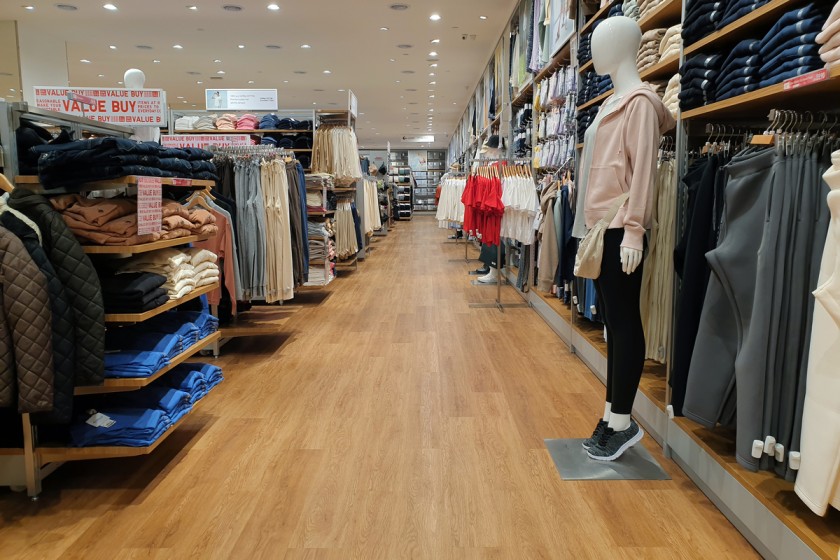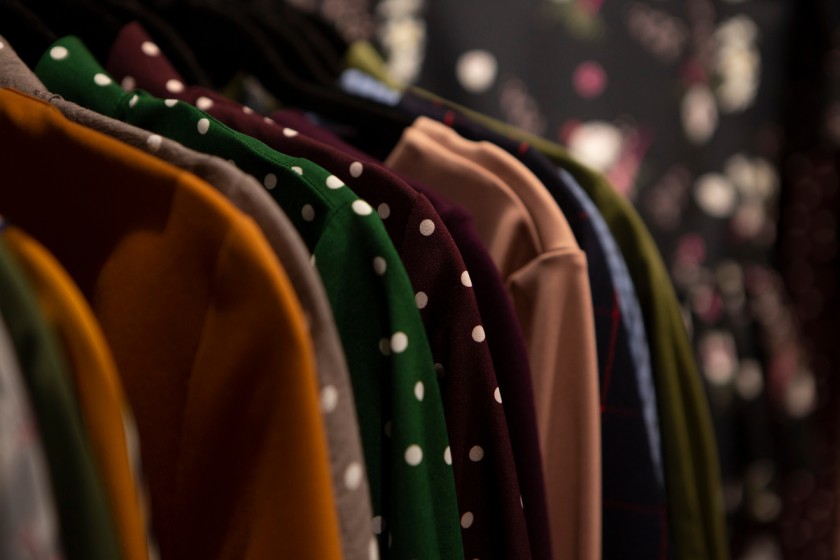Easy Guide to Creating a Great Supplier Base for Fashion Retailers



Just considering the possibility of opening a business and actually doing it in real life are two different things! The idea of a world where people rush to your brand and you become a household name overnight is appealing, but getting to this stage requires a significant amount of effort on the back end of the operation. However, although the subject of whether to sell garments online or in-store isn't particularly ancient — after all, clothing retail is a relatively recent trend in the lengthy history of clothing businesses — in today's business environment, the distinctions are worth considering.
Establishing a clothing retail shop may be completed in a matter of days or weeks; however, getting started in a more conventional setting might take considerably longer and need a much more significant initial outlay of capital.
How to Find the Right Suppliers

Because the source chains in the garment sector are so complicated, it may be problematic to manage dealer relations efficiently and effectively. Historically, the clothing business has been recognized for its reliance upon source chains. If anything goes wrong anywhere along the manufacturing line, it may have a detrimental influence on your whole manufacturing process as well as your company's overall image over time.
1. Create a list of your chosen criteria.
Come up with a list of your selection standards that potential garment suppliers must satisfy the demands of your brand before commencing your search for the appropriate supplier.
2. Examine the supplier's reliability for yourself.
Supplier dependability has a substantial impact on the efficiency of your manufacturing process. In case the dealers do not stick to rigorous and regular delivery schedules, you will not rely on them when a big order has to be finished in time, as an example. Your consumer will see the finished product, and it will be your brand that will shoulder the financial burden of manufacturing delays and faulty clothing, rather than theirs.
If a dealer is reliable, it implies that you will access the materials you need to manufacture high-quality clothing when you need them.
3. Examine the supplier's corporate social responsibility (CSR).
Recently, certain businesses have made news for partnering with suppliers that employ unethical labour practices such as paying below-minimum wages, working for excessively long hours, discrimination and the use of child labour, to name a few examples. In other circumstances, businesses are unaware that the 2nd suppliers are engaging in immoral labour practises; yet, the harm done to the brand may take years, if not decades, to repair, if it is ever repaired at all.
4. Examine the supplier's environmental, social, and governance practises.
The ability to manufacture high-quality goods is strongly related to the superiority of the fresh resources and manufacturing equipment utilised in the garment manufacturing process. Your supplier must be equipped with the necessary tools to assist your brand in achieving the high-quality outcomes that it seeks to attain. For this reason, finding a dealer that performs frequent raw material and equipment checks to limit the likelihood of quality concerns is critical.
5. Check out the team that works for your supplier.
Finally, it is critical to evaluate your supplier's staff to discover if they possess the skills and competency necessary to achieve your production requirements. Checking each employee's certificates of qualification is an excellent way to determine the amount of ability they possess at your provider. They are hired without having received any kind of training is a major red flag. You will have to rely on supplier certifications and references to determine overall quality.
Sources you can use to find suppliers

Anyone who works in the fashion retail industry can attest to how it is a fiercely competitive place. Each month, the retail business offers a consistent source of revenue, as well as enough opportunity for progress. The ability to pique the curiosity of your clients will almost always result in long-term success. Your customers are looking at you to provide them with a high-quality product that is both inexpensive and fashionable. You must choose a reliable wholesale clothes provider that can give you what you want to satisfy their expectations.
1. Learn more about the distribution channels used by the clothing industry.
There are a variety of channels through which wholesale clothing can be delivered to retailers from manufacturers. Typically, clothes wholesalers cater to a variety of markets within the garment business, including retail and wholesale. As a result, being familiar with the various source chains or distribution channels can make the process of locating the best wholesale clothing supplier for your needs, whether you are opening a boutique or an internet shop, much easier.
Every wholesaler may have a unique distribution route that they use. Consider the following scenario: A store requiring big quantities of a product would likely go directly to the manufacturer in an attempt to get better pricing, and may consequently overlook smaller scale suppliers.
2. To locate wholesalers, look on the internet.
When it comes to doing your first research for wholesale clothing providers, the internet may be a great resource for you to leverage. Extensive research can allow you to form a more distinct mental picture in your head of the clothes products you wish to sell in your business.
3. Become a member of groups, forums, and professional networks that have similar interests to your own.
Other shops may be hesitant to share their supplier information with the competitors due to competitive concerns. To get the information about the finest wholesalers for your needs, it may be in your best interests, if you are a smaller organisation, to make use of your networking abilities and obtain the highly-protected information about them. Establishing contacts with industry insiders will likely result in you being accepted into their inner circle in no time! With online forums and social media accounts that are updated, you may quickly build up your network of acquaintances and business partners. Additionally, you may subscribe to newsletters that are relevant to your sector and gradually build up your professional network.
4. Make extensive use of industry publications.
If you are a retailer, you may profit from trade publications by subscribing to any journal or newsletter that is relevant to your field of expertise. Using this service, you will have a large number of wholesalers and distributors that are all competing for your attention with their adverts. In addition, take into consideration internet blogs or any other important source of knowledge.
5. Be a regular visitor at trade shows.
To foster and build your company, you must make trade exhibitions a regular part of your schedule. Trade fairs are important events because they provide merchants with the opportunity to speak directly with producers. Because you will get reliable information about the clothing goods that pique your interest personally, this will be beneficial.
6. Recognize your market's needs
Once you've come up with a company concept, the next step is to have a thorough understanding of the target audience for your product or service. Your designs, fabric selections, sourcing, manufacturing budget, and retail channels must all be tailored to your target demographic's buying habits, lifestyle, and aesthetic preferences — so don't get started on any of the above till you've done extensive research into your customer base.
Part of that research should include competition research, which looks at the products, marketing, and branding tactics of firms with the target demographics you like and whose product, marketing, and branding techniques you admire.
7. Price the quality of your goods
As a result, before you can start your clothing line, you'll need to figure out how much you'll charge for each item. Having identified your materials and manufacturers, you'll better understand how much it will cost to launch your clothing line, allowing you to set more accurate pricing for your garments and accessories.
Ideally, you'll want to find a balance between generating a profit and establishing a price that clients are prepared to pay when it comes to your pricing. Your market research will come into play when it comes to pricing – you should already have a good idea of who your target audience is, what their purchasing habits are, and how much they would be prepared to spend on your products. Of course, you are not locked into whatever initial price you pick – just as you may opt to edit or alter the goods you decide to produce, you can always decide to edit or modify your pricing as your clothing line grows in popularity.
Conclusion
You've completed the task. Your clothes firm has been established, you've made your first sales, and you're now working on ironing out the wrinkles. As an ambitious company owner with plans for additional goods or larger orders, you may be thinking about how to scale your operation. Take some time to think about how your business is doing before making any significant decisions on your company's future. Your company strategy may represent your anticipated development timetable, but remember to remain adaptable. It is beneficial to keep things modest and essential for your first couple of seasons, allowing you to better understand the realities of production and fulfilment before moving on to the next step.
Get in touch with Fashinza to help your clothing retail store. Fashinza is a famous apparel manufacturing platform. We aim to help various clothing brands in the process of manufacturing their unique collections by connecting them with experienced suppliers.Contact us today to know more.



















